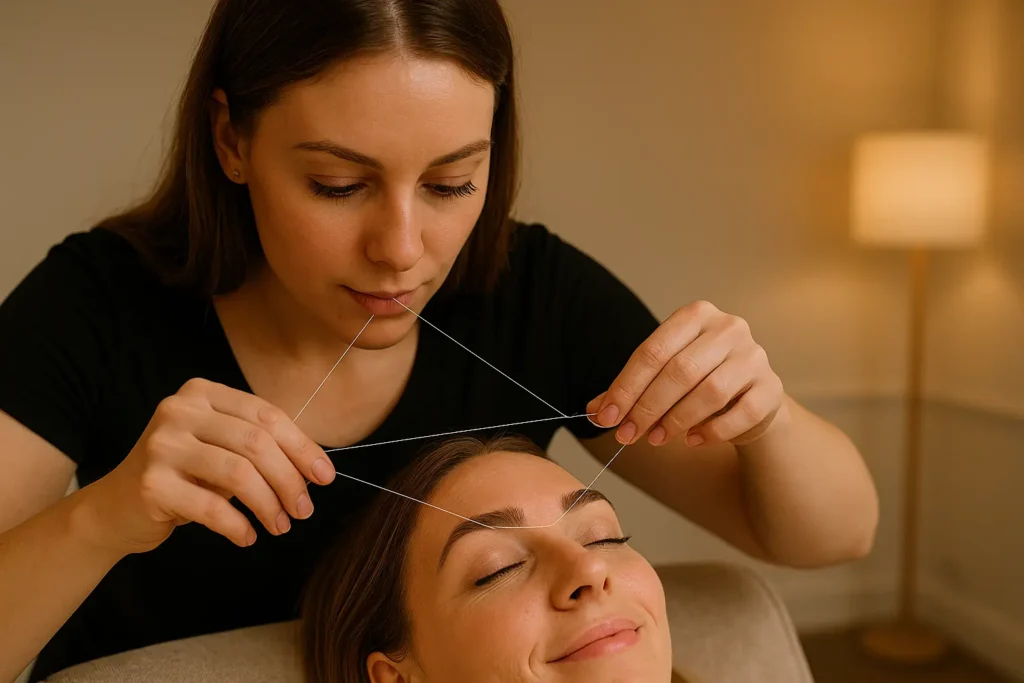Threading Facial Hair: Benefits, Risks, and Expert Tips for Smooth Skin
Did you know that the quest for flawless, hair-free skin once relied on an ancient art form that still dominates beauty routines today?
Facial hair threading, a technique perfected over 6,000 years ago in the vibrant cultures of ancient India and Central Asia, is now experiencing a meteoric revival.
Google searches for “facial threading” have increased 300% in just five years—proof that today’s beauty enthusiasts prefer this timeless, precision-driven method over harsh chemicals and laser treatments.
As a beauty researcher who’s tested every trend under the sun, I can confirm: threading isn’t just a relic of the past.
It’s a game-changing solution for silky-smooth skin, blending ancestral wisdom with modern skincare demands. In this deep dive, you’ll uncover:
- Why threading outperforms waxing and tweezing for sensitive skin and stubborn hair
- The fascinating history behind this ancient beauty ritual—and how it’s adapted for the 21st century
- Insider tips to maximize results, from pre-threading prep to post-care glow enhancers
- How to identify certified threading experts near you (hint: not all salons are created equal)
Whether you’re a threading novice or a seasoned professional seeking advanced techniques, this guide equips you with everything you need to master this painless, eco-friendly hair removal method.
Spoiler: Your skincare routine and selfie camera will thank you.
Ready to embrace a smoother, healthier complexion?
Explore my curated list of must-have aftercare serums and pro-grade threading tools at GlowGuideHub, where ancient beauty secrets meet today’s top-rated skincare innovations.
Your glow-up starts here.
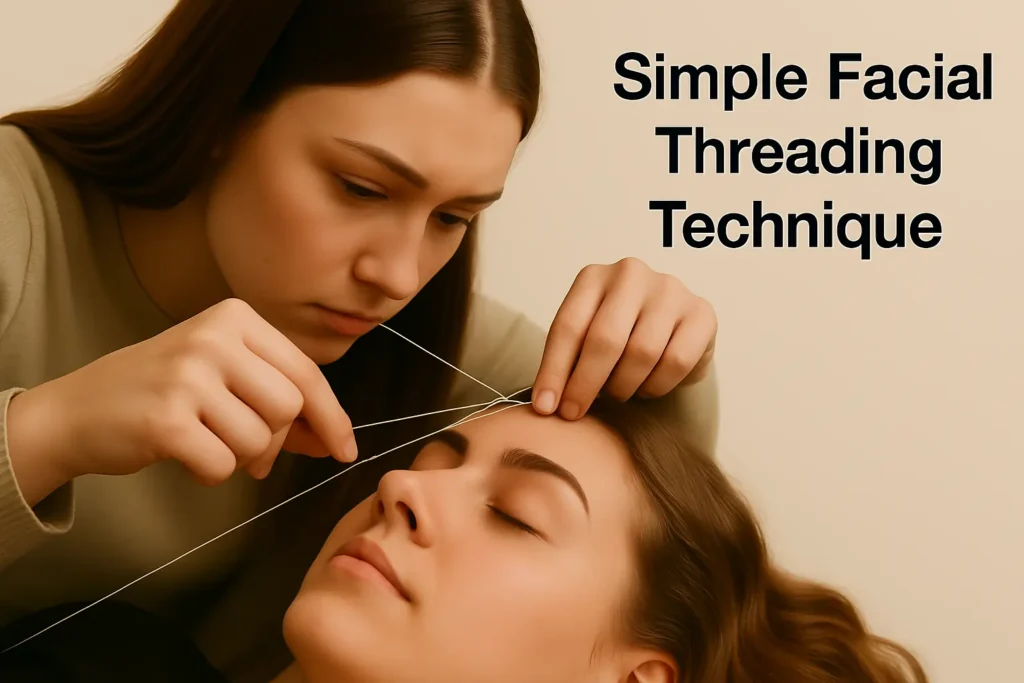
What is Facial Hair Threading, and How Does it Remove Hair?
Threading is an ancient hair removal technique that originated in Central Asia and India thousands of years ago. The process involves using a thin cotton thread to grasp and remove unwanted facial hair directly from its follicles.
Due to its precision and effectiveness, this traditional method has gained immense popularity in Western countries.
Unlike other methods, threading requires no harsh chemicals or expensive equipment, making it a natural and cost-effective choice for many people seeking facial hair removal solutions.
How Does the Threading Technique Work When Using a Pure Cotton Thread?
The threading technique involves a special cotton thread twisted and rolled over unwanted facial hairs. The practitioner holds one end of the thread in their mouth while manipulating the other with both hands, creating a twisted loop that acts like a tiny lasso.
This twisting motion catches multiple hairs and pulls them out from the root.
The thread’s unique movement creates a precise line, allowing detailed shaping and clean removal.
The cotton thread must be strong enough to withstand tension without being too harsh to irritate the skin.
Many professional threaders prefer using a specific thread thickness to achieve optimal results.
Step-by-Step Breakdown of the Threading Process for Different Facial Areas
Each region requires a specific approach to threading different facial areas.
The skin needs to be taut for the upper lip area while the thread is moved in quick, short motions against the direction of hair growth.
Due to its curved surface, the chin area requires more careful attention.
The threader must constantly adjust its angle to maintain contact with the skin.
Eyebrow threading is a delicate process that requires precise movements to create a perfectly shaped arch.
The process typically begins at the inner corner of the eyebrow and proceeds outward, with the practitioner carefully following the natural brow line.
Comparison With Other Hair Removal Methods – Plucking, Waxing, Laser
When comparing threading to other hair removal methods, each has unique advantages and drawbacks.
Plucking with tweezers is a more time-consuming process, as it only removes one hair at a time, whereas threading can remove multiple hairs simultaneously.
Waxing removes larger areas quickly but can be too harsh for sensitive facial skin, potentially causing irritation or breakouts.
Laser treatment offers a permanent reduction but is significantly more expensive and may not be suitable for all skin types or hair colors.
Threading provides better precision than waxing, is gentler than plucking, and is more affordable than laser, making it an excellent middle-ground option.
Which Equipment Is Needed For Threading (Thread Types, Tools, and Professional vs at-home Options)?
The basic equipment required for threading is surprisingly minimal, but quality is crucial.
The most important item is high-quality cotton thread.

Professional threaders typically use 100% cotton thread, which is strong enough to grab hair but will not break during the process.
To make threading at home easier, beginners might want to start with pre-cut threads and a threading tool.
Additional helpful items include antiseptic lotion, aloe vera gel, and soothing cream to reduce post-threading irritation.
While professional salons might use specialized chairs and lighting, home practitioners can achieve good results with basic supplies and proper technique.
What are the Key Benefits of Facial Hair Threading?
Threading is a precise, chemical-free hair removal method that gently removes hair from the root, reducing irritation while delivering long-lasting, well-defined results.
It offers unique advantages that set it apart from other techniques. This ancient practice remains popular in the modern beauty industry due to its numerous benefits.
Threading offers multiple advantages, from precision control to cost-effectiveness, making it a preferred choice for many people seeking effective facial hair removal solutions.
Achieve Precise Eyebrow Shaping and Upper Lip Hair Removal with Threading
Threading excels at achieving precise results, particularly in delicate areas of the face.
The technique enables exceptional control, creating defined eyebrow shapes and clean upper lip lines.
Threading allows for an awe-inspiring detail when working on eyebrows, where every hair counts in creating the perfect arch.
Many clients prefer threading because it allows them to maintain their desired shape without the risk of over-removal.
Natural and Chemical-Free Hair Removal Method
One of threading’s most significant advantages is its completely natural approach.
Unlike hair removal creams, the process doesn’t involve chemicals or artificial substances that could irritate your skin.
Discover the gentle power of organic skincare for those interested in extending this natural approach to their overall beauty routine.
The only tool used is a pure cotton thread, making it an excellent choice for those who prefer organic beauty treatments.
Threading is a chemical-free method, so there’s no risk of allergic reactions or chemical burns, which can sometimes occur with other hair removal methods.
The process particularly appeals to people who follow a natural lifestyle or have experienced negative reactions to chemical-based hair removal products.
If you prefer natural approaches to beauty, understanding the natural anti-aging mechanisms can help you make more informed decisions about your skincare choices.
Long-Lasting Results Compared to Other Temporary Removal Methods
Threading offers impressive longevity in terms of results, typically lasting between 2 and 4 weeks, depending on individual hair growth patterns.
This extended duration is because threading removes hair directly from the follicle, similar to waxing, but with less trauma to the skin.
Over time, many users report that their hair grows back finer and slower than with other methods.
The regrowth process is also more manageable because all hairs in the treated area are removed simultaneously, meaning they tend to grow back together rather than in patches.
Is Threading Suitable for Sensitive Skin and Different Hair Types?
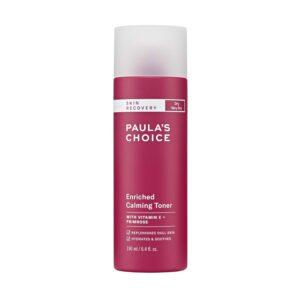
Threading is a safe and effective hair removal method for all skin types, including sensitive and acne-prone skin. Unlike waxing or chemical removers, it doesn’t pull or damage delicate facial skin, making it a gentler option.
It works well on fine and coarse hair, providing precise and clean results. Since threading avoids sticky substances that can clog pores, people with acne-prone skin often prefer it.
For optimal results, practitioners recommend applying a calming serum after treatment to help soothe the skin and reduce redness.
Threading Cost-Effectiveness Versus Other Professional Treatments
When comparing the costs of different hair removal methods, threading is often the most economical choice.
While laser treatments can cost hundreds of dollars per session and require multiple visits, threading typically costs between $10 and $30 per area.
For those who prefer doing it at home, the initial investment in quality threading tools is minimal compared to other methods.
The long-lasting results mean fewer maintenance sessions are needed, reducing the overall cost.
Additionally, the lack of expensive products or equipment makes threading an affordable option for regular maintenance.
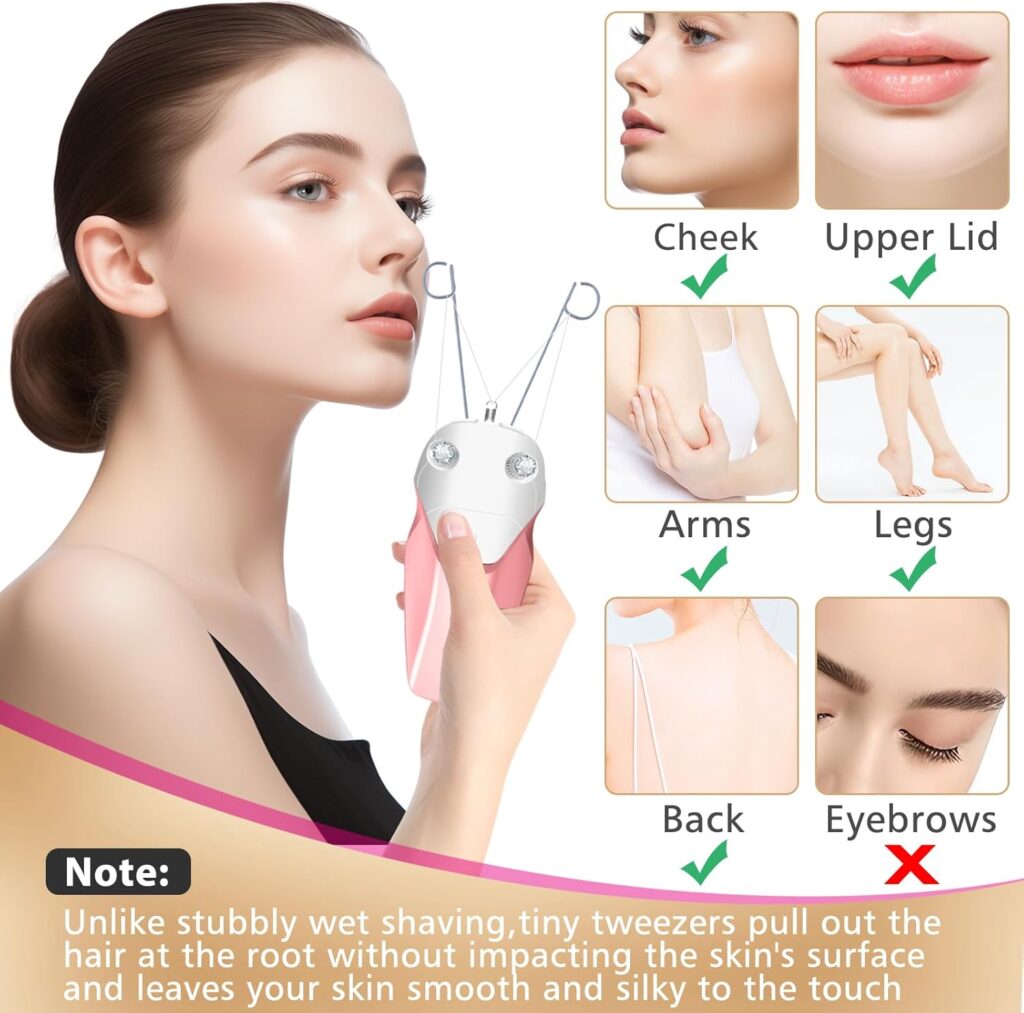
Can Facial Threading Cause Breakouts?
Facial threading can temporarily cause breakouts by irritating skin and opening pores, allowing bacteria to enter and create pimples or bumps. This is most common in individuals with sensitive or acne-prone skin.
Choose clean salons, avoid touching the treated area, and use gentle aftercare to minimize the risk of breakouts.
For those dealing with acne, adopting a Korean skincare routine can offer gentle, targeted care to soothe and rejuvenate your skin.
Common Immediate Reactions (Redness, Minor Irritation, Temporary Sensitivity)
Many people experience temporary skin reactions after threading that subside within a few hours.
The most common reaction is redness in the treated area, resulting from mechanical stress on the skin.

Small bumps might also appear, similar to mild razor burn.
Many practitioners recommend using a calming gel immediately after treatment to minimize discomfort.
Some clients also report mild swelling or sensitivity to touch, which usually resolves within 24 hours.
For the best results, avoid touching the threaded area and apply a gentle, alcohol-free, sensitive skin toner to help soothe the skin.
Long-Term Considerations for Skin Health
Regular threading over time can have various effects on your skin’s health. Some people notice their skin becoming more resilient to the treatment, while others may develop increased sensitivity.
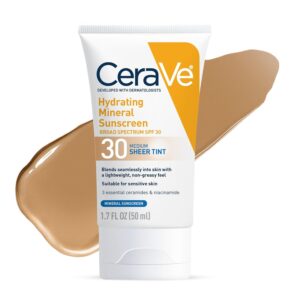
If not performed correctly, repeated pulling of the skin during threading may lead to premature aging or slight sagging in delicate areas.
Many experts recommend using a good-quality moisturizer and sunscreen after each session to protect skin health.
Protecting your skin from the sun is vital, especially after hair removal. Our guide on sunscreen vs. sunblock can help you choose the right product.
For those concerned about premature aging, incorporating anti-aging products for 20s into your routine can offer preventative benefits.
Moreover, explore our tips on cellular skin renewal to support your skin’s natural renewal process and maintain a healthy complexion.
Additionally, this blog post reveals the best ingredients for addressing hyperpigmentation to achieve a more even skin tone.
Precautions for People with Specific Skin Conditions
Individuals with specific skin conditions should exercise extra caution when considering threading.
Those with active acne, psoriasis, or eczema should consult a dermatologist before threading. The process may exacerbate these conditions, leading to further inflammation.
Teenagers dealing with acne should take extra care and consult our guide to natural acne treatment for teens, which offers relevant advice.
If you have extremely sensitive skin, a patch test is recommended 24 hours before complete treatment. Some practitioners suggest using a specialized pre-threading preparation product to help minimize potential reactions.
Those taking certain medications, particularly retinoids or acne treatments, might experience increased sensitivity and should inform their threading practitioner.
Myths about Hair Growing Back Thicker or Darker
One common concern about threading is the misconception that it causes hair to grow back thicker or darker.
This belief has no scientific basis. Threading removes hair from the root, leaving the new hair’s thickness and color unaffected.
Some people think their hair appears darker after threading because when hair grows back, it has a blunt tip instead of the natural tapered end.
This makes the hair appear slightly coarser, but it’s an illusion.
Over time, many users actually report that their hair grows back finer and sparser with regular threading sessions.
When to Avoid Threading Treatments?
Avoid facial threading if you have cuts, infections, cold sores, or have recently undergone surgery in the area. Also, avoid it if you are taking blood thinners or strong acne medicines, as you may bruise or react more easily.
Don’t thread before significant events, as redness can last for hours. Individuals with severe acne should consider alternative hair removal methods instead.
Professional vs DIY Facial Hair Threading: Making the Right Choice
One of the most significant decisions you must make regarding facial hair threading is whether to visit a professional or try it yourself.
Both options have advantages and challenges that can impact your experience and results.
Understanding these differences helps you make an informed decision based on your budget, skill level, and desired outcomes.
Cost Comparison Between Salon Services and Home Threading
The financial aspects of professional versus DIY threading vary significantly.
Professional services typically cost between $15 and $40 per session, depending on the area being treated and your location.
While this might seem expensive compared to at-home options, many people find the cost justified by the results.
Home threading requires an initial investment, such as a complete threading kit for beginners, which typically costs between $20 and $50.
However, these tools can be used multiple times, significantly lowering the cost per session.
The savings occur after you’ve mastered the technique, as you’ll only need to replace basic supplies, such as thread and antiseptic solution.
Learning Curve and Skill Requirements for DIY Facial Hair Threading
Learning to thread yourself requires significant patience and dedication, as the technique doesn’t come naturally to most people.
The initial learning period typically takes several weeks to months before achieving professional-looking results.
Many beginners struggle with the bare-hand movements and coordination for effective facial threading.
Many experts recommend starting with video tutorials and practice tools to help with the learning process.
The most challenging aspect is mastering the thread tension and angle while maintaining proper control.
Many people need several hours of practice before successfully removing even a small area of hair.
Essential Tools and Supplies for At-Home Threading
To successfully do DIY threading, you must gather specific supplies to ensure safe and effective hair removal.
The most essential item is a high-quality threading thread, which should be firm and smooth.
A good starter kit typically includes antiseptic wipes, a magnifying mirror, and an instruction guide.
Some practitioners also recommend using a threading tool to make learning easier for beginners.
Additional helpful items include good lighting, cleanup wipes, and soothing gel for after-treatment. Discover how to Make Rice Water for Glowing Skin at home as a natural soothing option.
How to Choose a Qualified Threading Professional?
For a qualified threading professional, look for someone with proper training certificates and relevant experience. Check online reviews and ask friends for recommendations. Visit the salon first to see if they use fresh thread for each client and maintain a clean environment.
Make sure all tools are sanitized between clients. A good professional will explain their technique and offer a consultation before starting. Choose salons that display their credentials and maintain a spotless workspace.
Real Cost Breakdown of Professional Facial Hair Threading Services in the USA
The cost of professional threading services varies across different regions in the USA.
In major cities, eyebrow threading typically costs $20-35 per session, while full-face threading costs $40-75.
Some salons offer package deals or membership programs that can reduce the cost per session.
However, additional services like threading consultations or post-care products may increase the total cost.
Many salons charge extra for specific areas, such as the chin or upper lip, when they are done separately.
When calculating the actual cost, consider the number of visits required to maintain the desired results, typically every 3 to 4 weeks.
What are the Special Considerations for Different Facial Areas?
Different facial areas require specific threading techniques because each region has unique skin sensitivity and hair growth patterns.
Understanding these variations is crucial for achieving optimal results and minimizing discomfort.
The key to successful threading is adapting your technique according to each area.
Threading Techniques for Upper Lip and Chin Areas
The upper lip and chin are particularly challenging areas that need special attention.
The upper lip skin is extremely sensitive and requires gentle handling while being held taut. Many practitioners recommend using a numbing cream before starting.
The curved surface presents unique difficulties in the chin area. The thread must be manipulated at various angles to effectively remove hair from all contours.
Special attention should be paid to the direction of hair growth, which often changes across the chin area.
Many clients find that using a soothing balm helps reduce redness and irritation in these areas.
You can also explore innovative methods, such as Cold Water Baths, to achieve glowing skin as part of your comprehensive facial care routine.
Eyebrow Threading Considerations and Styling
Eyebrow threading is one of the most popular but technically challenging areas for threading.
To ensure symmetry, the process starts with proper mapping using specialized tools.
Each eyebrow must be shaped following the client’s facial structure and preferences.
The technique requires exact movements and careful attention to natural brow shape.
Many practitioners begin at the base of the brow and work upward, following the natural arch.
Special care must be taken to avoid over-threading, as eyebrows can take several weeks to grow back.
What Are Full Face Threading Guidelines?
Full-face threading requires a systematic approach to ensure even results across all facial areas. The process typically begins in less sensitive areas and progresses to more delicate regions.
Many practitioners recommend using a facial mist throughout the process. The technique must be adjusted for different facial contours and hair growth patterns.
Special attention should be paid to maintaining consistent pressure and angle throughout the process.
Many clients benefit from taking breaks between different sections to reduce overall sensitivity.
Male-Specific Threading Considerations
Male facial hair presents unique challenges due to its typically coarser texture and denser growth patterns. Effectively removing thicker hair often requires stronger thread and modified techniques.
Men’s skin tends to be thicker and more prone to irritation, making proper preparation essential.
Many male clients benefit from pre-threading oil, which softens hair and makes removal easier.
Our Men’s Anti-Aging Regimen offers personalized guidance for men looking to enhance their skincare routine with targeted products.
Similarly, men interested in promoting skin regeneration after threading might find valuable insights in our article on Male Skin Regeneration Secrets.
Adapting Techniques for Sensitive Areas
Sensitive areas, such as the temples and the surrounding eye area, require gentle handling during threading.
These regions often experience more discomfort and may require frequent breaks.
Many practitioners recommend using a cooling gel before and after the procedure.
The thread tension must be carefully controlled in these areas to prevent skin damage.
Some clients find that taking an anti-inflammatory medication before treatment helps reduce discomfort.
Special attention should be given to the direction of hair growth and skin elasticity in these sensitive areas.
Aftercare and Maintenance
Proper aftercare after threading is essential for maintaining healthy skin and prolonging the results.
The way you care for your skin in the days following treatment can significantly impact both your comfort and the effectiveness of the treatment.
A healthy diet is crucial for maintaining skin health, and our guide to the best fruits for glowing skin highlights the most beneficial foods.
Following proper maintenance guidelines helps ensure optimal results and prevents potential complications. Consider establishing a well-ordered nighttime skincare routine for optimal skin health.
Post-Threading Skincare Routine
The first 24 hours after threading are crucial for proper healing.
Immediately after treatment, the skin needs gentle, soothing products to reduce inflammation and redness.
Many clients benefit from applying a cooling gel containing aloe vera to calm the skin.
Finding the perfect organic sunscreen for sensitive skin is just the beginning of the journey.
Aftercare plays an equally crucial role in maintaining radiant, irritation-free skin.
Each step should prioritize maintaining a clean and protected area.
Many practitioners recommend using a gentle, alcohol-free toner to reduce the risk of infection, paired with a light, non-comedogenic moisturizer to keep the skin hydrated without clogging pores.
If threading leaves your skin feeling dry, our recommendations for the best soaps for dry skin might be invaluable. Caring for your skin doesn’t stop at sunscreen; it’s about the whole picture.
Products to Use and Avoid After Treatment
During the first 48 hours after threading, avoid products that irritate the skin.
What Products to Use After Threading?
- Opt for gentle, fragrance-free products designed for sensitive skin.
- Many experienced threaders recommend using a specialized post-threading serum to promote healing.
- Consider exploring serums that harness the natural soothing power of ingredients, such as those discussed in our post about Hey Bud Mushroom Magic.
- When choosing a face wash after threading, consider gentle, organic options, such as those reviewed in the post Best Organic Face Wash for Sensitive Skin.
- For a mild cleansing option, consider the Dove sensitive skin beauty bar, which is often recommended for sensitive skin.
- Sunscreen is essential, but choose a mineral-based option that won’t irritate freshly threaded skin.
- For tailored sun protection, especially if you have oily skin, consider exploring cruelty-free sunscreens specifically designed for oily skin.
What Products to Avoid After Threading (for the first 48 hours)?
- Avoid harsh exfoliants.
- Avoid retinoids.
- Avoid acidic skincare products.
- Also, avoid anything that could irritate the skin.
Timeline for Hair Regrowth and Maintenance Sessions
Depending on individual growth patterns, hair typically begins to grow back within 2-4 weeks.
Many people schedule maintenance sessions every 3 to 4 weeks to maintain optimal results.
The regrowth cycle can vary between facial areas, with some regions requiring more frequent attention.
Some clients use hair growth-inhibiting products to extend the time between sessions.
Regular maintenance helps ensure consistent results and may eventually lead to finer, slower-growing hair.
How to Reduce Irritation and Prevent Ingrown Hairs After Threading?
To reduce irritation and prevent ingrown hairs, start gentle exfoliation 48 hours after threading. Use exfoliating pads specifically designed for sensitive skin or specialized products for ingrown hairs.
Keep the area clean and moisturized daily. Exfoliate gently 2-3 times a week between sessions to maintain smooth skin and prevent hairs from becoming trapped under the surface.
Long-Term Skin Health Considerations
Regular threading can eventually affect skin elasticity and sensitivity.
Many long-term threaders benefit from nourishing facial oils to maintain health.
Pay attention to how your skin responds and adjust products accordingly. You may find valuable insights in selecting beneficial vitamin E oils for 2025.
Discover our comprehensive guide to anti-aging skincare essentials for maintaining sustained skin vitality.
Regularly using sunscreen and protective skincare products helps prevent premature aging in the areas most prone to sun damage.
Conclusion: Master Timeless Beauty with Facial Hair Threading
Rooted in ancient India and Central Asia, facial hair threading provides precision hair removal without the use of chemicals, making it an ideal choice for sensitive skin and eco-conscious routines.
While outperforming waxing in gentleness and lasers in affordability, success hinges on certified threading experts and hypoallergenic aftercare.
Although DIY methods may tempt, professional sessions ensure painless, long-lasting results and prevent ingrown hairs.
Ready to transform your regimen?
Begin with a patch test, prioritize sun protection, and embrace this cultural beauty tradition.
Your silky, camera-ready skin awaits.
FAQs: Facial Hair Threading
How Long Does Threading Facial Hair Last?
Threading facial hair typically lasts 3-6 weeks, depending on your hair growth rate. Most people need touch-ups every 4 weeks. Hair grows back gradually, so you’ll notice fine regrowth after 2-3 weeks. The results last longer than shaving or tweezing since threading removes hair from the root completely.
Does Threading Increase Facial Hair Growth?
Threading does not increase facial hair growth. This is a common myth. Threading removes existing hair from the root and doesn’t affect hair follicles or hormones controlling growth. Your natural hair growth pattern stays the same. Any appearance of increased growth is usually just normal regrowth becoming more noticeable.
Does Threading Increase Facial Hair?
Threading does not increase facial hair. It’s a removal method that pulls hair out from the root without affecting follicles or changing your natural hair growth pattern. Threading doesn’t stimulate new hair growth or make existing hair multiply. The amount of facial hair you have depends on genetics and hormones, not threading.
Does Facial Hair Grow Back Thicker After Threading?
Facial hair does not grow back thicker after threading. This is a myth. When hair regrows from the root, it has a blunt tip that may feel coarser initially but is the same thickness as before. Threading doesn’t alter the hair structure or induce thicker hair growth in follicles. Your hair retains its natural texture.
Does Threading Reduce Facial Hair Growth?
Threading can slightly reduce facial hair growth over time with regular sessions. Repeated threading may weaken hair follicles, causing some hairs to grow back finer or slower. However, this isn’t guaranteed and varies from person to person. Threading primarily removes hair temporarily rather than providing permanent hair reduction like laser treatments.
Is Threading Good For Facial Hair?
Threading is excellent for facial hair removal. It’s precise, chemical-free, and works well on all hair types and sensitive skin. Threading removes hair from the root, lasting 3-6 weeks, and allows for detailed shaping. It’s especially good for eyebrows, upper lip, and chin areas where precision matters most.
Q: How long does facial threading last compared to waxing or plucking?
Ans: Facial threading typically lasts 2 to 4 weeks, comparable to waxing. Unlike plucking, which removes one hair at a time, threading removes multiple hairs simultaneously, offering longer-lasting results than individual plucking.
Q: Is facial threading a good option for sensitive skin compared to other hair removal methods?
Ans: Facial threading is often recommended for individuals with sensitive skin. It only uses cotton thread and doesn’t involve harsh chemicals or heat like waxing or depilatory creams, making it a gentler hair removal solution for delicate facial skin.
Q: What are the common side effects of facial hair threading?
Ans: Common immediate side effects after facial hair threading include temporary redness, minor irritation, and slight sensitivity in the treated area. These usually subside within a few hours to 24 hours. Applying a soothing gel, such as aloe vera, can help.
Disclaimer: GlowGuide participates in the Amazon Services LLC Associates Program, an affiliate advertising program designed to provide a means for sites to earn advertising fees by advertising and linking to Amazon.com. As an Amazon Associate, I earn from qualifying purchases. If you click on an Amazon link on my site and purchase, I may earn a commission at no additional cost.

